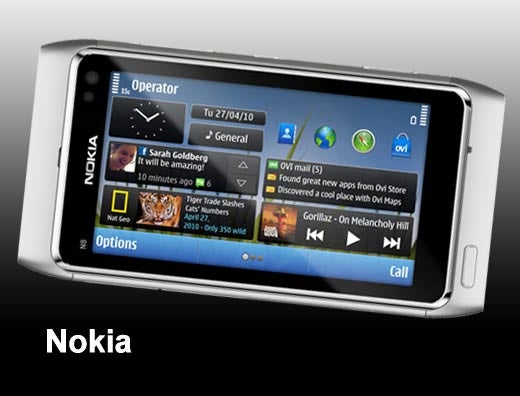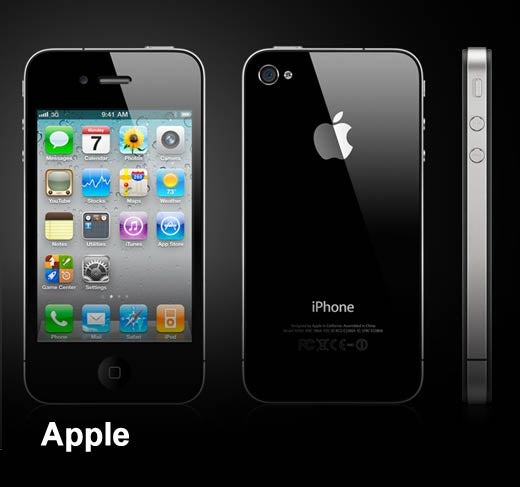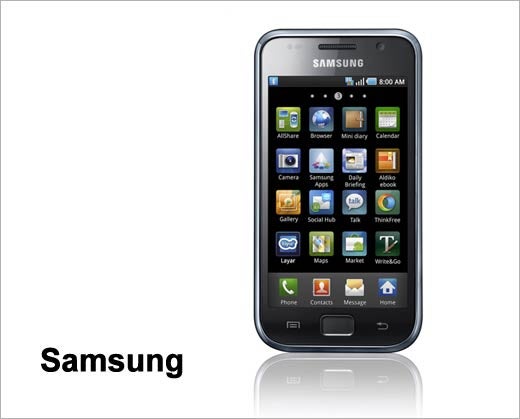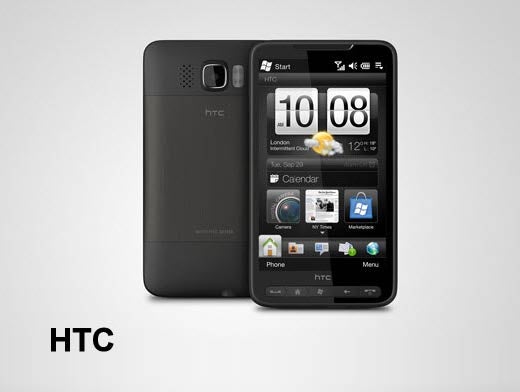The worldwide smartphone market ended 2010 on a high note, with vendors shipping record volumes of units. According to the International Data Corporation (IDC) Worldwide Quarterly Mobile Phone Tracker, vendors shipped a total of 100.9 million smartphones during the fourth quarter of 2010 (4Q10), up 87.2 percent from the 53.9 million smartphones shipped during 4Q09. For the full year, vendors shipped a total of 302.6 million smartphones worldwide, up 74.4 percent from the 173.5 million smartphones shipped in 2009.
"Android continues to gain by leaps and bounds, helping to drive the smartphone market," said Ramon Llamas, senior research analyst with IDC's Mobile Phone Technology and Trends team. "It has become the cornerstone of multiple vendors' smartphone strategies, and has quickly become a challenger to market leader Symbian. Although Symbian has the backing of market leader Nokia, Android has multiple vendors, including HTC, LG Electronics, Motorola, Samsung and a growing list of companies deploying Android on their devices."
Adding to the competitive landscape is the entrance of two refreshed operating systems, Symbian^3 and Windows Phone 7. "In their first quarter of commercial availability, both Symbian^3 and Windows Phone 7 ramped up quickly, just in time for the holidays," added Llamas. "By the end of the quarter, Nokia had shipped five million Symbian^3 units while Windows Phone 7 vendors shipped more than 1.5 million units. Now, with the holiday quarter over, both platforms will need to sustain this initial growth in the quarters to come."
Kevin Restivo, senior research analyst with IDC's Worldwide Mobile Phone Tracker program, said component suppliers will help drive sustained interest in smartphones. "Mobile phone users will find compelling reasons to turn in their older models as new ones are launched with dual-core processors and near-field communication chips," he said.
Click through for the top five smartphone vendors identified by IDC.
Nokia noted the positive progress of its new Symbian^3 smartphones during 4Q10: five million units combined from the N8, C7, and C601 worldwide, a strong showing given their recent introduction to the market. At the same time, Nokia's volumes are largely comprised of older devices, while MeeGo-powered devices have yet to arrive on the market. In addition, Nokia continues to struggle in the North America market. The recent cancellation of the X7 smartphone at AT&T highlights Nokia's challenges and a new device has yet to be revealed.
Apple's iPhone gained more ground in the worldwide smartphone market, with shipment volume growth coming from Asia/Pacific and Japan. In addition, Apple made further inroads into the enterprise market, with more companies adding Apple to their approved smartphone list and increased development of corporate-centered applications. Rumors of an iPhone 5 have begun to heat up the blogosphere, with many expecting a new design and perhaps a mobile wallet.
Research In Motion reached a new shipment volume for a single quarter in 4Q10, and posted nearly identical year-over-year growth for both the quarter and the year. Driving growth was stronger interest from outside North America, with several markets posting double-digit gains. Meanwhile, RIM continued to enjoy market leadership in North America, but nonetheless saw mounting challenges from the competition. Popular devices for the quarter included the BlackBerry Torch and the BlackBerry Curve 3G.
Samsung took top honors for having the largest year-over-year improvement for both the quarter and for the year, an accomplishment largely fueled by its popular Galaxy S series smartphones. New Galaxy devices are expected to launch, including the Galaxy Fit, Ace, and Mini. Not to be overlooked are Samsung's bada-branded smartphones, as well as its emerging Windows Phone smartphones, both of which received a warm reception. Samsung has set its sights on growing market share at least 40% in 2011.
HTC reaped triple-digit growth for both the quarter and for the year, second only to Samsung. Driving its success were its increased brand awareness, market positioning, and a series of devices that have resonated well with users and carriers alike. Following its success in 2010, the company known for being 'quietly brilliant' aims to become a preferred brand for smartphone users in 2011, while leveraging its scalability to drive business in Asia/Pacific and other emerging markets.








